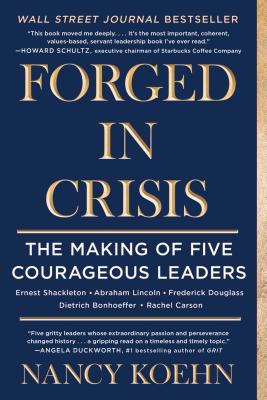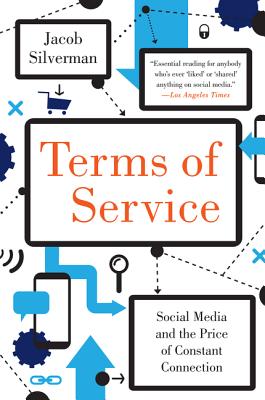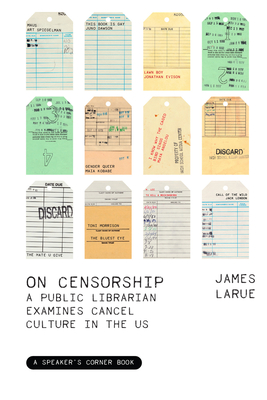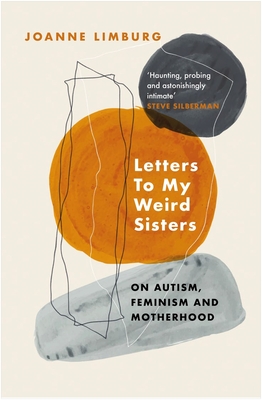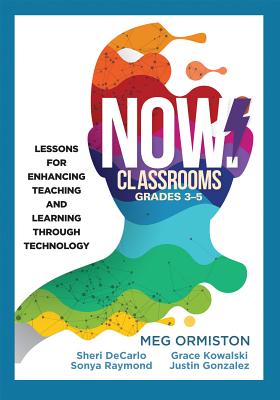
Now Classrooms, Grades 3-5: Lessons for Enhancing Teaching and Learning Through Technology (Supporting Iste Standards for Students and Digital Cit (New Art and Science of Teaching)
Description
Developed specifically for grades 3-5, this resource presents classroom-ready lessons that support the ISTE Standards for Students (NET standards). Use the lessons, which focus on four essential skills (communication, collaboration, critical thinking, and creativity) to take instruction and learning to the next level through the use of technology. Each chapter includes strategies for developing authentic learning experiences and ends with discussion questions for personal reflection.
Integrate digital learning and support the ISTE Standards (formerly National Educational Technology Standards for Students or NETS): -
- Understand that real transformational change results from teaching and learning, not ever-changing digital devices. -
- Give students opportunities to exercise their voice, choice, and creativity using multimedia and digital tools. -
- Implement practical novice-, operational-, and wow-level lessons and tips for using digital tools in classroom lessons. -
- Foster digital citizenship, helping students keep themselves and their data safe online and make ethical decisions on the Internet. -
- Learn how to get students communicating, collaborating, innovating, and thinking critically in grade 3-5 classroom lessons.
Contents:
Chapter 1: Embracing Creativity
Chapter 2: Communicating and Collaborating
Chapter 3: Conducting Research and Curating Information
Chapter 4: Critically Thinking to Solve Problems
Chapter 5: Being Responsible Digital Citizens
Chapter 6: Expanding Technology and Coding Concepts
Appendix
References and Resources













